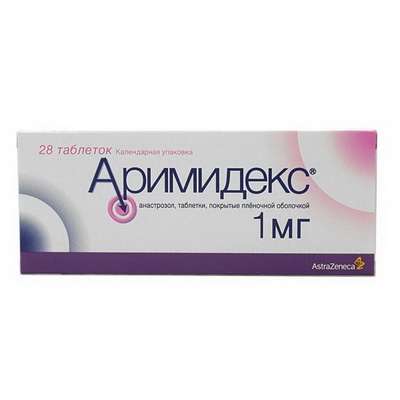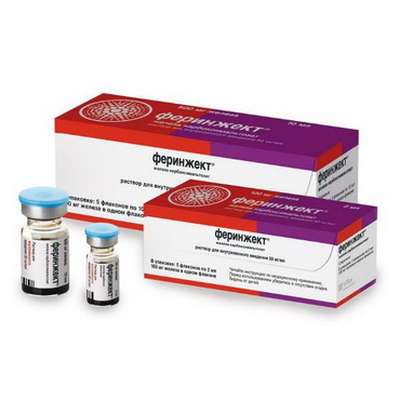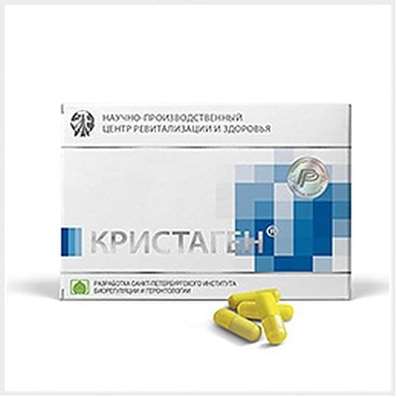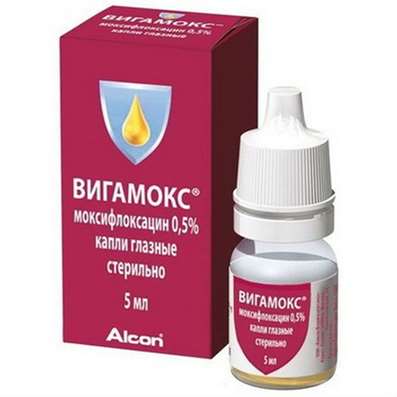Instruction for use: Pentasa
I want this, give me price
Active substance Mesalazine
ATX Code A07EC02 Mesalazine
Pharmacological group
NSAIDs - Salicylic acid derivatives
Nosological classification (ICD-10)
K50 Crohn's disease [regional enteritis]
Crohn's disease, Crohn's disease with fistula, Granuloma of the intestine, Granulomatous enteritis, Crohn's disease, Regional ileitis, Terminal Ileitis, Enteritis regional
K51 Ulcerative colitis
Colitis acute ulcerative, Colitis ulcerative, Ulcerative-necrotic colitis, Colitis ulcerative-hemorrhagic nonspecific, Colitis ulcerative and trophic, Colitis ulcerative idiopathic, Colitis ulcerative nonspecific, Nonspecific ulcerative colitis, Proctocolitis ulcers, Hemorrhagic purulent rectoxitis, Rectoccolitis ulcerative-hemorrhagic
K62.8.1 * Proctitis
Atrophic proctitis, Anusitis
Composition and form of release
Tablets of prolonged action 1 tab.
mesalazine 500 mg
excipients: povidone; ethylcellulose; magnesium stearate; talc; MCC (microcrystalline cellulose) up to 750 mg
in a blister of 10 pcs .; in a box of 5 or 10 blisters.
Suppositories for rectal administration 1 supp.
mesalazine 1000 mg
excipients: povidone; macrogol 6000; magnesium stearate; talc
complete with rubber fingertips; in a box of 28 sets.
pharmachologic effect
Pharmacological action - anti-inflammatory.
Reduces the formation of leukotrienes and cytokinins, neutralizes free radicals, inhibits leukocyte chemotaxis.
Indications
Nonspecific ulcerative colitis, incl. proctitis, Crohn's disease.
Contraindications
Hypersensitivity (including to salicylates or other components of the drug); marked violations of the liver and kidneys.
pregnancy and lactation
During pregnancy and during lactation, they are prescribed only in cases where the positive effect exceeds the risk of possible side effects.
Side effects
Feeling of discomfort in the abdomen, nausea, vomiting, headache, diarrhea, skin rash in the form of urticaria or eczema; very rarely - pain in muscles and joints, temporary hair loss, violations of liver and kidney function, pericarditis, myocarditis, pancreatitis, changes in the blood formula (leukopenia, granulocytopenia, thrombocytopenia, anemia).
Dosing and Administration
Inside, without chewing, if possible swallowing whole (to facilitate swallowing divide into several parts or dissolve in water or juice immediately before taking), the dose is selected individually. Adults, with exacerbation of ulcerative colitis or Crohn's disease - usually up to 4 g / day in several doses; maintenance dose - 2 g / day in several doses for ulcerative colitis and 4 g / day in several cases with Crohn's disease; children older than 2 years - usually 20-30 mg / kg / day in several receptions.
Rectal, adults - 1 supp. 1-2 times a day in the rectum until the termination of resistance to muscle pulp (before the introduction of emptying the intestine, to facilitate the introduction of the suppository moisturize with water, to ensure hygiene use a rubber fingertip).
If the suppository is released within 10 minutes, another suppository should be introduced.
Precautionary measures
At the beginning and throughout the course of treatment, the composition of peripheral blood, the level of urea, creatinine should be regularly monitored. In the case of pronounced pathological changes in blood composition (increased bleeding, subcutaneous hemorrhage, sore throat, fever), the development of pericarditis, myocarditis and acute intolerance syndrome, the drug must be discontinued. It is not recommended to appoint children under 2 years.
Storage conditions
At a temperature of no higher than 25 ° C.
Keep out of the reach of children.
Shelf Life
3 years.
Do not use after the expiry date printed on the package.

 Cart
Cart





